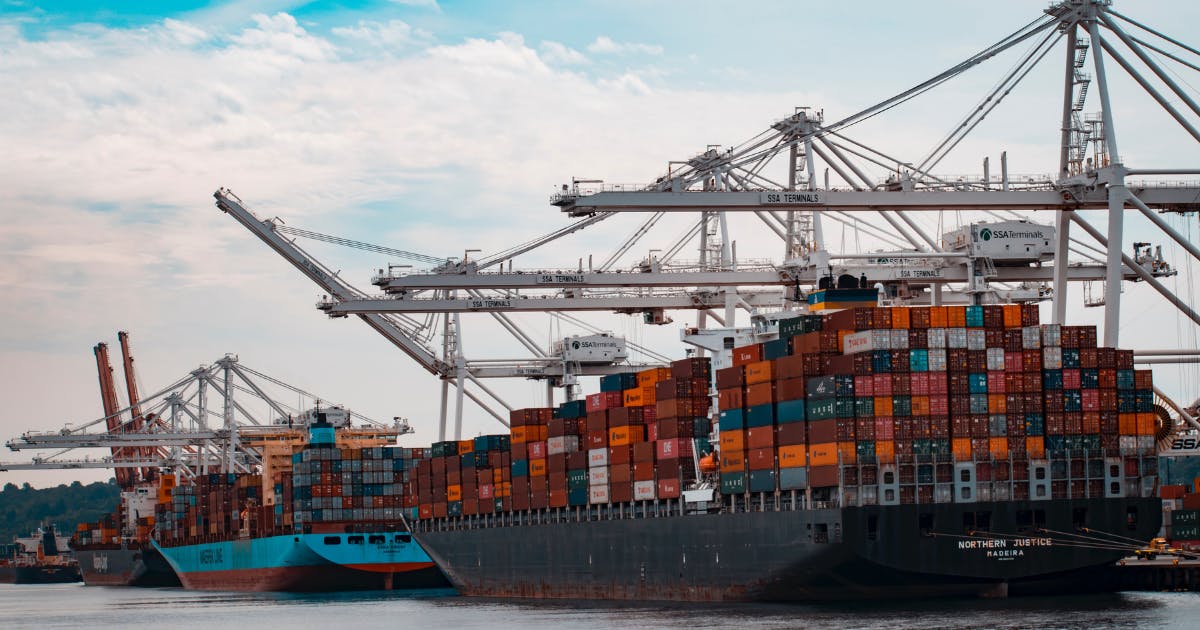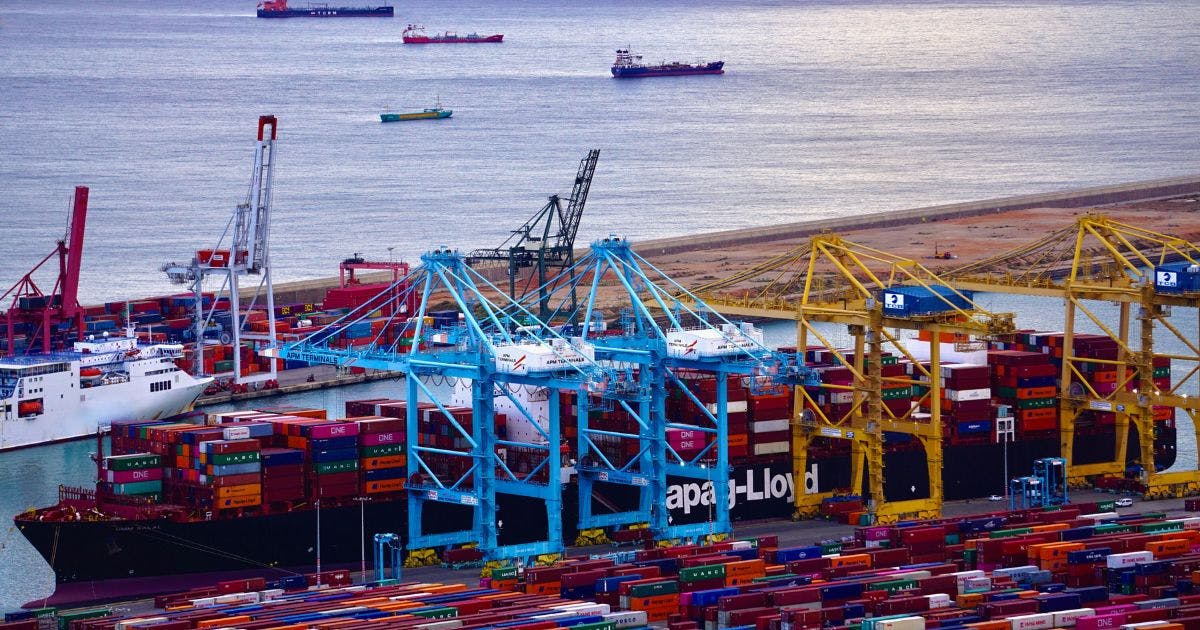Jan 14, 2026 Webinar | Global Supply Chain Architecture: Examining Red Sea’s Evolving Impact - Register Now

10 ways freight forwarders are benefiting from real-time visibility
Pain points have been relived while productivity and customer satisfaction have increased at three global logistics companies that are now able to accurately and instantly track shipments.
Each has invested in an SaaS platform that gives them and their customers continuous visibility on overseas transport flows, and predicts estimated times of arrival (ETAs) using proven data science. The result has been improved performance and happier customers.
Here they share details of the challenges they faced prior to making the change, advantages gained from this new approach, and some of the next steps on their digitalization journey.
Pain points
International supply chains have suffered myriad challenges over the past few years. Among them the impact of geopolitical events such as Brexit; the Covid-19 pandemic; congested ports, the temporary blocking of the Suez Canal and a shortage of haulage drivers.
All of this and more has had to be navigated by businesses shipping products across the world by air, road, sea and rail without uninterrupted oversight of those goods. Lack of access to this information requires thousands of calls being placed with hundreds of players within the supply chain ecosystem to try to track consignments.
For the freight forwarders handling the multi-modal movement of this cargo around the world on behalf of shippers, such lengthy, manual processes hit productivity and frequently frustrated both customers and staff.
The director general at one global freight forwarder said his business used to have a lot of issues with estimated times of departure and arrival of shipments. “Our operations people had to go to the website of the shipping lines and airlines and then inform our customers. It was time-consuming and, moreover, the information wasn’t particularly accurate.”
Highly siloed value chains, involving multiple stakeholders, added complexity to this process, yet the freight forwarders all observed increasing demand from consumers for visibility and transparency.
Each was struggling with inefficient manual processes; competition from those who were increasingly digitalizing their offering; and a desire to enhance the experience of their customers.
They wanted to boost value-added services and raise productivity and accuracy.

Benefits of visibility
Each of these freight forwarders is now using the Wakeo platform. They name a raft of the advantages that have resulted from this decision, among them:
- Productivity and efficiency improvements
- The ability for both staff and customers to instantly access reliable data
- Increased staff and customer satisfaction
- API integration to communicate transportation orders and data directly into company IT systems with a speedy set-up
- Data quality control to improve reliability and predictability, including the calculation of predictive ETAs using a data science algorithm
- Greater ability to predict potential issues and respond to them
- More informed, data-driven decision making
- Reduced manual workload and an increased digital offering
- Greater opportunity to compete in the marketplace
- The power to provide a premium offering to clients